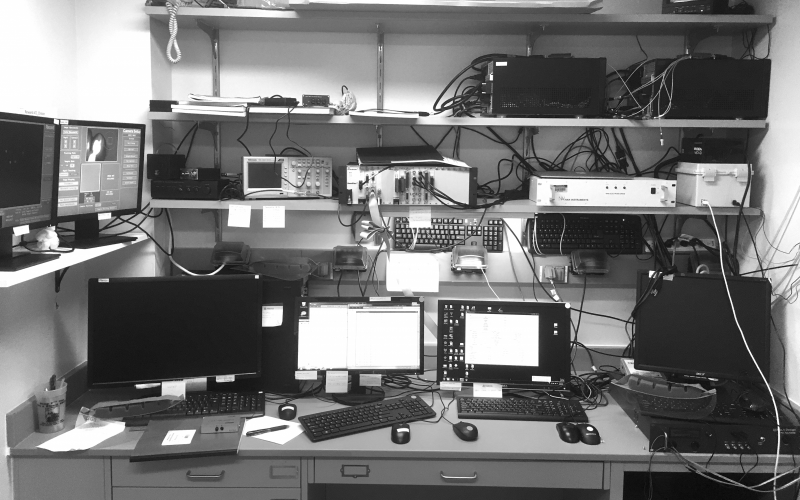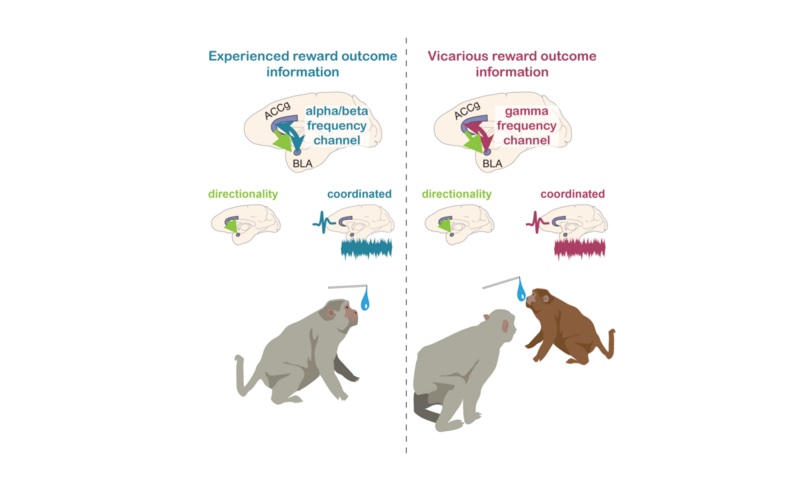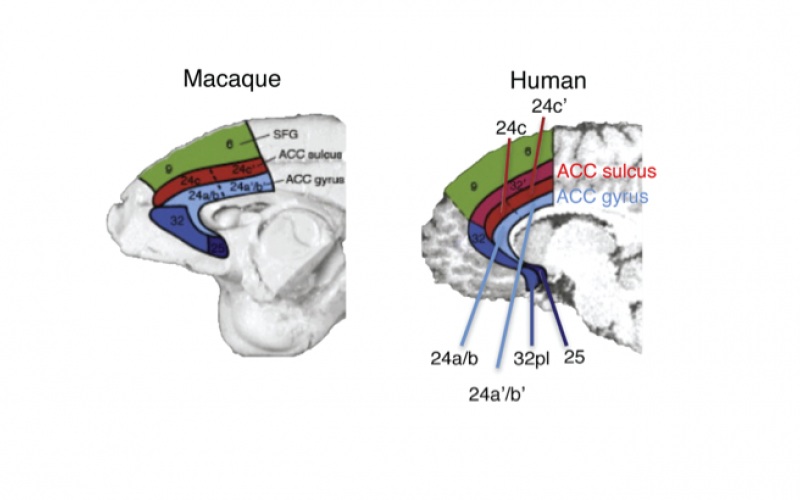- Main Menu
- Sub Menu
Welcome to the lab
-
 Where science happens
Where science happens -
 Marmoset dyads show diverse and partner-specific flexible cooperation strategies that are gaze-dependent and gaze-independent, Meisner*, Shi*, Nair, Nandy, Jadi*, Nandy*, Chang* (2025) Current Biology
Marmoset dyads show diverse and partner-specific flexible cooperation strategies that are gaze-dependent and gaze-independent, Meisner*, Shi*, Nair, Nandy, Jadi*, Nandy*, Chang* (2025) Current Biology -
 Delivering real-time, closed-loop, microstimulation to the OFC, triggered by social gaze event, boosts social attention dynamics during real-life social gaze interaction, Fan*, Dal Monte*, et al., 2024, Neuron
Delivering real-time, closed-loop, microstimulation to the OFC, triggered by social gaze event, boosts social attention dynamics during real-life social gaze interaction, Fan*, Dal Monte*, et al., 2024, Neuron -
 Development of a Marmoset Apparatus for Automated Pulling (MarmoAAP) to study cooperative behaviors, Meisner, Shi, Fagan, Greenwood, Jadi*, Nandy*, Chang* (2024) eLife
Development of a Marmoset Apparatus for Automated Pulling (MarmoAAP) to study cooperative behaviors, Meisner, Shi, Fagan, Greenwood, Jadi*, Nandy*, Chang* (2024) eLife -
 Frequency-specific, direction-selective, coordination between BLA and ACCg for prosocial decision, Dal Monte et al., 2020, Nature Neuroscience
Frequency-specific, direction-selective, coordination between BLA and ACCg for prosocial decision, Dal Monte et al., 2020, Nature Neuroscience -
 Single-neuron bases of real-life social gaze interaction, Dal Monte*, Fan*, et al., 2022, Neuron
Single-neuron bases of real-life social gaze interaction, Dal Monte*, Fan*, et al., 2022, Neuron -
 Dissociation of vicarious and experienced rewards in the prefrontal-amygdala pathway, Putnam et al., 2023, Neuron
Dissociation of vicarious and experienced rewards in the prefrontal-amygdala pathway, Putnam et al., 2023, Neuron -
 Our comprehensive review across humans, monkeys, and rodents supports the importance of the prefrontal-amygdala circuits in social decision-making. From Gangopadhyay, Chawla et al., 2020, Nature Neuroscience
Our comprehensive review across humans, monkeys, and rodents supports the importance of the prefrontal-amygdala circuits in social decision-making. From Gangopadhyay, Chawla et al., 2020, Nature Neuroscience -
 Applying Marr's three levels to understand social specificity in the 'social brain', Lockwood, Apps, and Chang, 2020, TiCS
Applying Marr's three levels to understand social specificity in the 'social brain', Lockwood, Apps, and Chang, 2020, TiCS -
 ACCg and its specialized contributions to social cognition, Apps et al., 2016, Neuron
ACCg and its specialized contributions to social cognition, Apps et al., 2016, Neuron -
 Combined administration of oxytocin and naloxone supralinearly increases social attention following mutual eye contact and mutual receipt of reward, Dal Monte*, Piva* et al., 2017, PNAS
Combined administration of oxytocin and naloxone supralinearly increases social attention following mutual eye contact and mutual receipt of reward, Dal Monte*, Piva* et al., 2017, PNAS -
 dmPFC and decision-making on behalf of others, Piva et al., 2019, eLife
dmPFC and decision-making on behalf of others, Piva et al., 2019, eLife -
 Possible benefit of combinatorial oxytocin neuropharmacology in social cognition, Fan*, Weinberg-Wolf* et al., 2019, TiCS
Possible benefit of combinatorial oxytocin neuropharmacology in social cognition, Fan*, Weinberg-Wolf* et al., 2019, TiCS -
 Single-neuron recording
Single-neuron recording -
 100 College space at Yale
100 College space at Yale -
 SHM space at Yale
SHM space at Yale
Our team studies the neural mechanisms underlying social interaction.
What brain mechanisms enable us to interact with others?
Our brains were evolved to deal with increasing demands of social interactions. Social behaviors are reward-driven, whether their motivating factors are physical rewards, such as food and sex, or more abstract rewards, such as vicarious experience and interpersonal reputation. Investigating how the brain computes social preferences and mediates prosocial and antisocial decisions can offer an ecologically valid and efficient way to understand the brain. In particular, studying how the brain computes social information during dynamic and contingent interactions will likely reveal novel insights into the neural mechanisms underlying social behaviors. Elucidating these neural mechanisms will ultimately help treat social deficits in numerous psychiatric disorders. In addressing these issues, our laboratory investigates how neurons in the prefrontal-amygdala circuits signal social decisions and mediate social gaze dynamics. We apply electrophysiological and neuropharmacological approaches during real-life social interactions as well as functional neuroimaging techniques.